Today, Cisco made some storage-related announcements that may have sounded confusing. On a first read, you might think that Cisco is attempting to re-enter the storage market. Personally, I view their announcement as wanting to ensure that they become — and remain — “storage adjacent”…
I’ll walk through things and hopefully clear up any confusion below.
Some Background
Those of you who follow the industry will likely remember that Cisco actually attempted to enter the storage market a while back.
The timing was particularly interesting. Pretty much right after VMware announced NSX, their network virtualization product, Cisco announced a storage acquisition. From the outside, it looked like it might have been intended as a warning shot across the bow of the EMC/VMware ship — a sort of “you’re going to enter the networking market? Fine. We’ll enter the storage market.”
The acquisition was the all-Flash storage startup, WhipTail.
To me, WhipTail was yet another dual-controller, scale-up storage solution that handled all-Flash by substituting SSD for HDD. I didn’t really see anything in WhipTail that differentiated it from other Flash solutions available at the time.
Cisco said they weren’t actually planning to sell the storage platform, but were looking to use the intellectual property to produce their own Flash-based performance acceleration for their UCS server line.
WhipTail was re-branded as “Invicta” (which I always thought sounded too close to “Invista” — another failed storage product). Despite anything Cisco had said, their first Invicta offerings were bundles consisting of Cisco UCS servers plus an Invicta array.
Soon afterwards, some troubles began to surface. Cisco suspended sales of new Invicta units over “scaling issues”. It seems that growing the array to full capacity didn’t work exactly as advertised, and Cisco felt it was better to stop sales of the product until they could fix the issues.
Eventually, sales resumed without my being sure that the scaling issues had been fully resolved. Not too long after sales of Invicta resumed, Cisco decided to take a step back and give up on Invicta. The product line was discontinued and (almost) everyone in the Invicta product division was laid off.
All that is a long way of saying: “When Cisco makes a storage-related announcement, I’m simultaneously listening closely because I’m curious, and scratching my head wondering why…”
What It Sounds Like Cisco Announced
If you skim through the announcement materials, it really does seem like Cisco may be entering the storage market. You’ll pick up on some particular key points in the announcement, like:
- Scale-out storage
- Object, file, and/or block storage
- 600TB in 4U of rack space
- Scale to petabytes in minutes
- A larger message of Cisco providing customers choice on how they prefer their storage
I’ll address the other points below, but let me expand on the last one first. With this announcement, Cisco offers customers choices around how they’d prefer to purchase their storage:
- Pre-Engineered for Enterprise
aka Integrated and Converged Infrastructure
By this, Cisco is referring to fully-integrated rack-level solutions they’d worked on with storage vendor partners, and the 100+ Cisco-validated designs available. Things like the Dell EMC VCE Vblock (I think that’s the current branding…), NetApp FlexPod, and bundled solutions with Pure Storage. - Appliance Simplicity
aka Hyperconverged Infrastructure
By this, Cisco is, of course, referring to HyperFlex. - Versitility
aka Bare Metal
By this, Cisco is referring to using their UCS C-Series and S-Series servers as building blocks for scale-out storage. That is what this announcement is actually about, focusing on the S-Series.
What Cisco Actually Announced
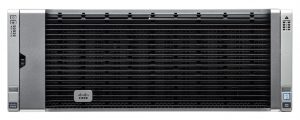 At the core of today’s Cisco announcement is the upgrades to the UCS S3260 server line, and new messaging and market opportunity for it.
At the core of today’s Cisco announcement is the upgrades to the UCS S3260 server line, and new messaging and market opportunity for it.
The UCS S3260 is now available with bigger and faster drives. It now works with a wider variety of I/O modules and Flash-based NVMe PCI add-on cards.
And, lastly, the UCS S3260 is now (finally!) fully supported by UCS Manager, allowing administrator to manage several servers from a single interface, to speed configuration and provisioning through the use of customer-defined storage profiles, and multiple servers to be easily connected through Cisco fabric layer.
You’ll notice that nowhere in the three paragraphs above where the words “storage solution” mentioned even once.
What Cisco is actually proposing is that the newly-upgraded UCS S3260 is the ideal hardware platform for customers to use with the software-defined storage (SDS) offering of their choice. Those SDS licenses are not included, and would need to be purchased separately from the Cisco hardware.
Specs
In this section, I’ll go through the UCS S3260 hardware and other specifications. I’ll divide them up by:
- Qualified OS List
- Drive Options
- Data Protection Options
- I/O Module Options
- General Configuration Options
Qualified OS List
The table below shows the current list of operating systems that have been qualified to run on the UCS S3260.
There are three caveats with this table:
- VMware vSphere and vSAN (yes, that’s the new correct way to capitalize that) are not supported with the 512e or 4K HDD or SSDs. (See Drive Options below)
- Microsoft Storage Spaces are not currently qualified.
- MS Windows Server 2016 qualification is expected to be on target with Microsoft’s GA of that version.
Drive Options
The table below shows the supported HDD options for the UCS S3260.
The table below shows the supported SSD options for the UCS S3260.
DWPD stands for Drive Writes Per Day, a common endurance rating that manufacturers of Flash provide to their customers. A higher rating means a longer-lasting drive.
There are currently no Self-Encrypting Drive (SED) options supported for the UCS S3260.
Data Protection Options
Unless you’re running other software to manage the storage, your options for data protection are all RAID-based and include RAID 0, 1, 10, 5, 6, 50, 60, and 00.
I’d never heard of that last one before, but if you understand that RAID 10 is really RAID 1+0, i.e.: data striped (RAID 0) across multiple pairs of mirrored drives (RAID 1), you’ll get the idea.
RAID 00 means you set up some RAID 0 sets of drives, then stripe data (RAID 0 style) across those sets, hence 0+0.
Obviously, the RAID 0 and 00 options provide no protection against drive failure.
I/O Module Options
I/O options for the UCS S3260 include:
- QSFP 40Gb/4 X 10Gb/10GB Ethernet and FCoE
- 2/4/8/16Gb Fibre Channel (requires additional PCIe card)
- 1/10Gb Ethernet (requires additional PCIe card)
Additional options may be made available in the future, based on add-on PCIe cards.
General Configuration Options
The UCS S3260 can be purchased in the number of configurations including:
- Single Server Node
- Dual Server Node
- Single Server Node with IO Expander — provides two NVMe SSD cards, 40 PCIe 3.0 lanes to Server Node, and two half-height, half-length 8x PCIe 3.0 card slots
- Single Server Node with Disk Expander — allows for the addition of four more 3.5″ HDDs, bringing the total to 60 drives
Availability
The Cisco UCS S3260 is orderable today.
General Availability of the UCS S3260 begins 7 November
GeekFluent’s Thoughts
I’m all over the place on this one. My thoughts, in no particular order, are:
- This looks like some sweet hardware I’d love to get my hands on.
- When Cisco first introduced the UCS, everyone said “but they’re a network company, not a server company…” Today, Cisco UCS is one of the top players in the enterprise server marketplace.
- That said, Cisco is NOT a storage company. They don’t really know how to talk about storage well, or handle storage messaging. (Although if they’re interested in fixing up that messaging, I know a blog writer who has very reasonable consulting rates. Call me, Cisco!) Examples:
- The “600TB in 4U” they message is raw space, not usable. They offer no usable space info since they don’t know which RAID options customers will choose, or what SDS software they’ll run. Still, it would have been nice to include an “up to X GB usable”…
- The data sheets all seem to imply that this product will be scale-out storage for file, block, and object right out of the box. It won’t. You’d need to purchase, install, and configure the software to provide any of those services. This is just the hardware.
- The “scales to petabytes in minutes” means that you can rapidly provision additional UCS S3260 servers with UCS Manager. That doesn’t mean additional storage space would actually become accessible to your users — that will depend entirely on what you’re running on top of the UCS.
- The tag line for this announcement is, well, it’s bad. Maybe horrible.
“Data. Unstored.”
I mean, I get what they’re driving for. They want customers to know that they don’t need huge expensive storage arrays — they can just put their data on UCS Servers. However, it reads like “we’re not actually going to store your data”, and no customer, even the least storage-savvy, will think that not actually storing data is a good idea. The Tech Marketers at Cisco put too much marketing and not enough tech into that slogan.
- The TCO modeling Cisco did to show how the UCS S3260 compares very favorably to AWS pricing is impressive, but it leaves a few things out. I think it would still show greater cost-effectiveness over AWS if they’d included these things, but it’s incomplete as it stands.
- It doesn’t include the AWS “bandwidth out” costs — which would make the comparison even more impressive.
- It doesn’t include any cost for the customer’s network links.
- It doesn’t include the license cost of any operating systems or software-defined storage products a customer might use.
- It’s still really sweet hardware, and I’d love to get my hands on one.
What are your thoughts on the announcement? Let me know in the Comments below.

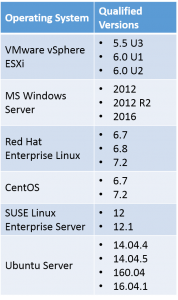
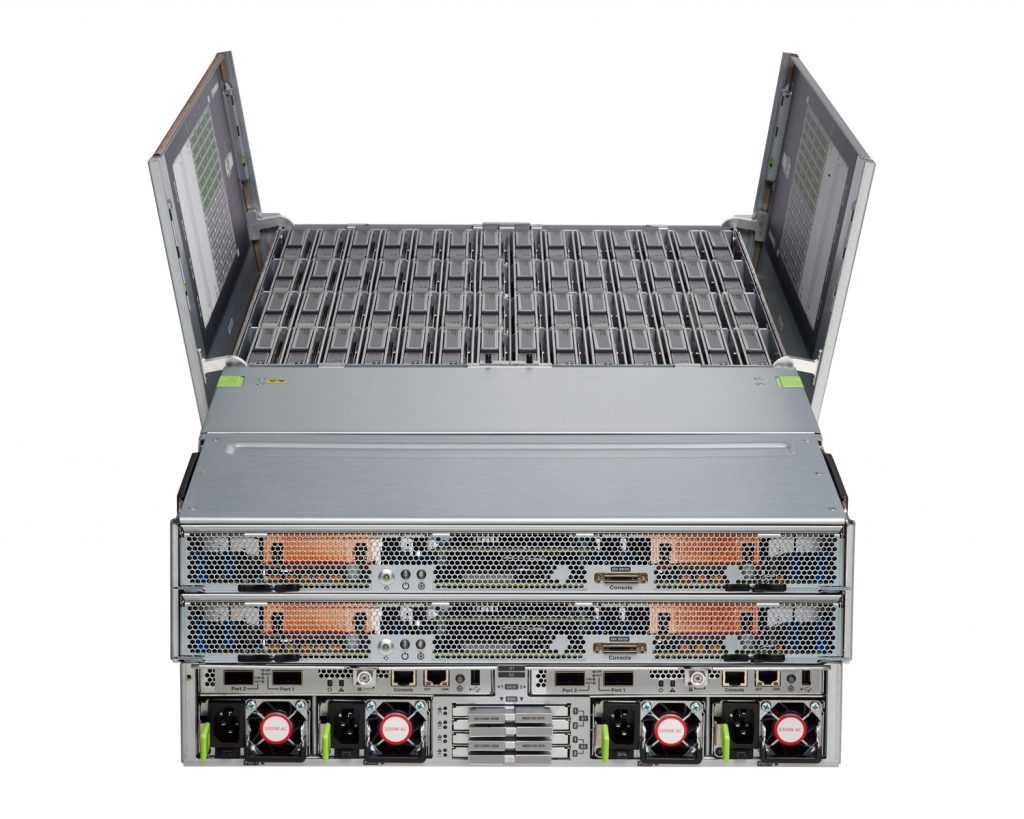

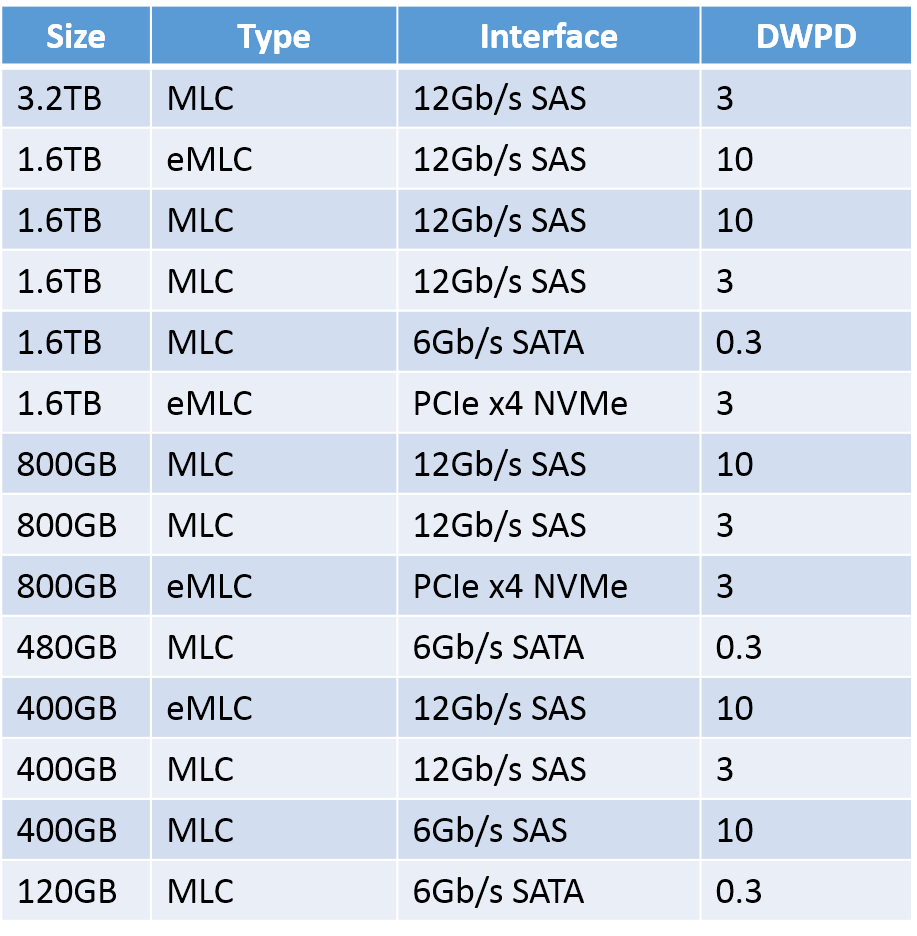
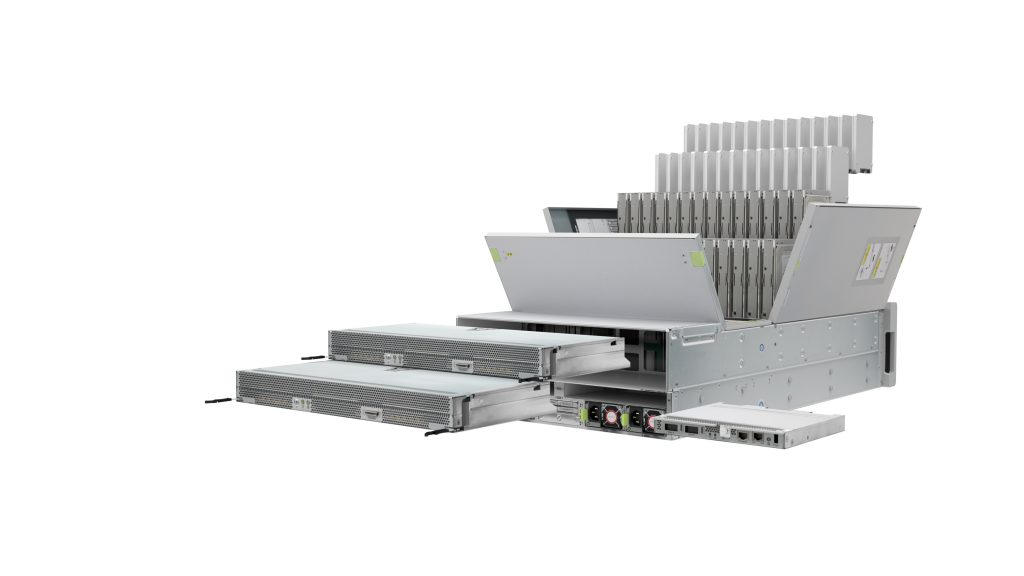
Pingback: AWS or Private Cloud or both, what’s your strategy? - WKSB Solutions
Pingback: Report on GeekFluent’s Predictions for 2016 — How’d I Do? | GeekFluent